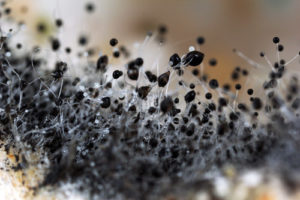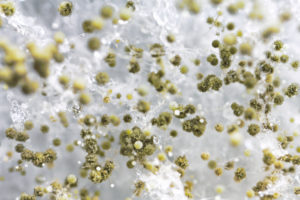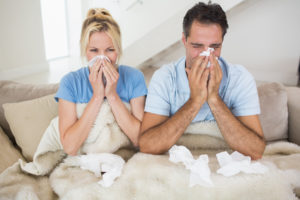Wet Winter Months Cause Mold to Grow

Why Is It So Important to Treat for Mold in the Winter?
Most people assume that they don’t need to worry about mold during the winter months. The weather is dry, and there doesn’t seem to be much opportunity for mold to grow. The fact is that the exact opposite is true. Winter is a prime time for mold to grow in your home. If you’re not diligent about keeping it at bay, you could end up with a big problem by the time spring arrives.
If you find that you have a winter mold issue, our mold removal services can be your remedy. However, it’s best to know what you can do to prevent it from growing in the first place.
Your Anti-Mold To-Do List for Winter
Taking these steps should be your priority as you work to prevent mold growth in your home:
– Make sure your home stays clean
– Keep the air circulating
– Check for moisture in the basement and repair any cracks in your foundation
– Heat humid areas, and then open a window to let the moist air escape
– Repair or replace all of the seals on your doors and windows
What to do in Severe Weather to Prevent Mold
As you know, our area of the U.S. is prone to severe weather. This might mean heavy rain or snow, which could then lead to flooding. If this happens, it’s important to act fast. Keep temperatures lower in your home, which can keep mold from growing. You should also clean up any areas of standing water.
If you do run into an issue with mold, contact Stern Mold for a free inspection. Our mold removal service in NJ can help you fix the problem.




